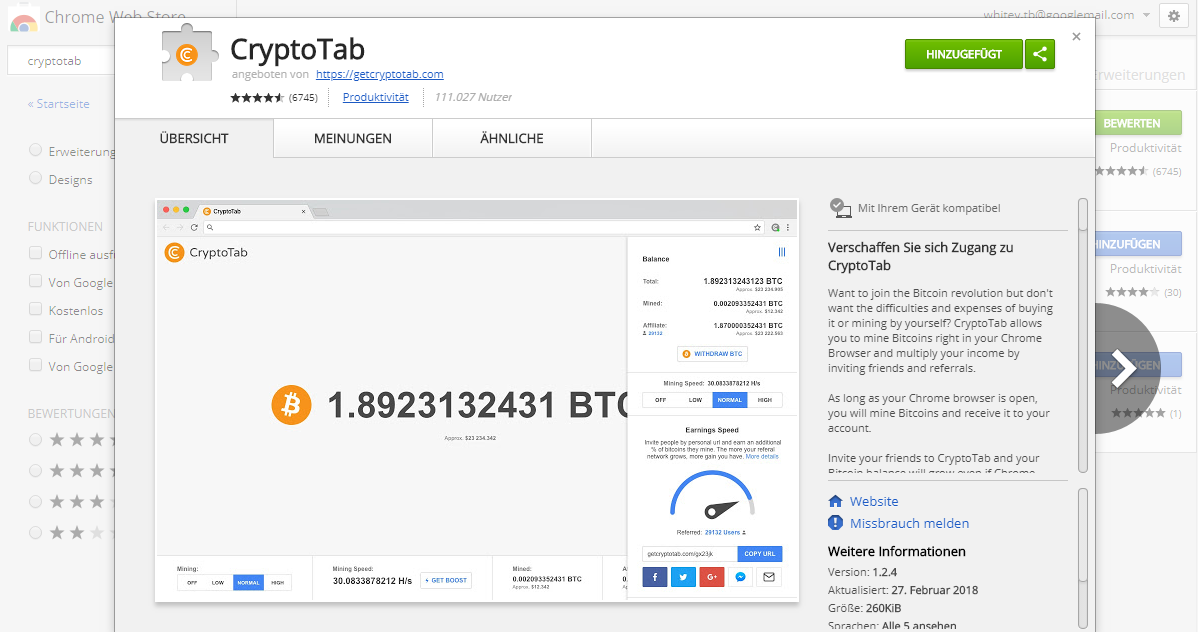
- #KAMI CHROME EXTENSION HOW TO#
- #KAMI CHROME EXTENSION INSTALL#
- #KAMI CHROME EXTENSION SOFTWARE#
- #KAMI CHROME EXTENSION CODE#
#KAMI CHROME EXTENSION CODE#
You should also check when the last commit was made on the source code page. You should go to the page where the source code is published to see if it actually exists.

If the extension is open source, it is likely that it could be safe. It could be something as simple as an uncompressed image that is used as a logo or additional code that may be used for malicious or invasive practices. Look at the add-on's published date, the older one is obviously the original.Īgain, if you known JavaScript, you could analyze the code to find out why the clone has a size that is nearly double the size of the original. So search the web store using similar keywords (or the name of the extension), check out the results. If it was a clone, what's the extra size for? That is scary. The worst part was that the original add-on was about 2.15 MB in size while the clone was about 4.26 MB. I bet you weren't expecting that? It was from a clone of another extension which had a similar name, same features, slightly different description, an identical privacy policy. The screenshot which you saw above is actually not from the original extension. Search for similar extensions, watch out for the clones It may be a good idea to check whether the developer has commented on any of the user reviews. Is it possible the extension has hijacked the user to post these reviews? Or were they paid for? Regardless of this, I'd recommend avoiding such extensions to be on the safe side. In fact, there was more than one review left by the same user. The extension had multiple reviews which used the same comments over and over. What do you see?ĭid the reviewers copy/pasted the comment? It's possible, but it wasn't in this case. Look at the text as well, if they look more or less the same, or if the usernames only contain random characters, alarm bells should go off and you should look deeper. If you find that they were all posted on the same day it may be fishy. Look at the publishing date of each review.

Does an extension have reviews? Are they all 5-star reviews? That's suspicious.
#KAMI CHROME EXTENSION HOW TO#
These are big red flags if you know how to identify legit ones. That means it could be sending data, your personal data, to some server. Permissions may give important clues an add-on for a visual enhancement (like a theme) shouldn't require permissions like "Communicate with cooperating websites".
#KAMI CHROME EXTENSION INSTALL#
When you click the install button, read the pop-up which lists the permissions the extension requires. Obviously, developers and companies with ill-intent may add whatever they like to the privacy policy. I'll give you a hint: It's never acceptable. If the policy is upfront about the data they collect, think about if it's worth using the extension at the cost of privacy. Your browser should highlight the sentences which contain the word and you should read what it says. Use Control + F and search for words like data, collect, track, personal, etc, in privacy policies. You accept the policy the second you install the extension. But it may exist as a loophole for the developer to get out of a legal dispute, should one arise.
#KAMI CHROME EXTENSION SOFTWARE#
This is perhaps the most overlooked one? Who reads the privacy policy? You should, because unlike website registrations or software agreements, you're not shown the privacy policy for an extension when you install it. Pay attention to the developer name and click on it to see their other extensions. Sometimes, people get fooled by these and think it's from the company which makes the actual software.

Malware developers resort to all sorts of tricks to infect users, and one of these is to use the logo (icon) of popular brands or applications. Irrelevant screenshots or very odd descriptions, on the other hand are all tell-tale signs of a malicious extension. Bad grammar or spelling mistakes may not be used as an indicator. Broken grammar or English may be seen as warning signs but since developers from all over the world publish extensions on the Store, some may be written by non-English natives. Web Store pageĪnalyze the extension's listing and see if it rings some alarm bells. Check out Martin's guide linked above for information on how to do that. Users who known JavaScript may also check the source of the extension. It is often easier to determine if an extension is shady or outright malicious if you have installed it as it may be the cause for visible unwanted changes or activity such as hijacking search engines, displaying advertisement or popups, or showing other behavior that was not mentioned in the extension's description.

We will focus on steps that you may undertake before installing extensions.


 0 kommentar(er)
0 kommentar(er)
